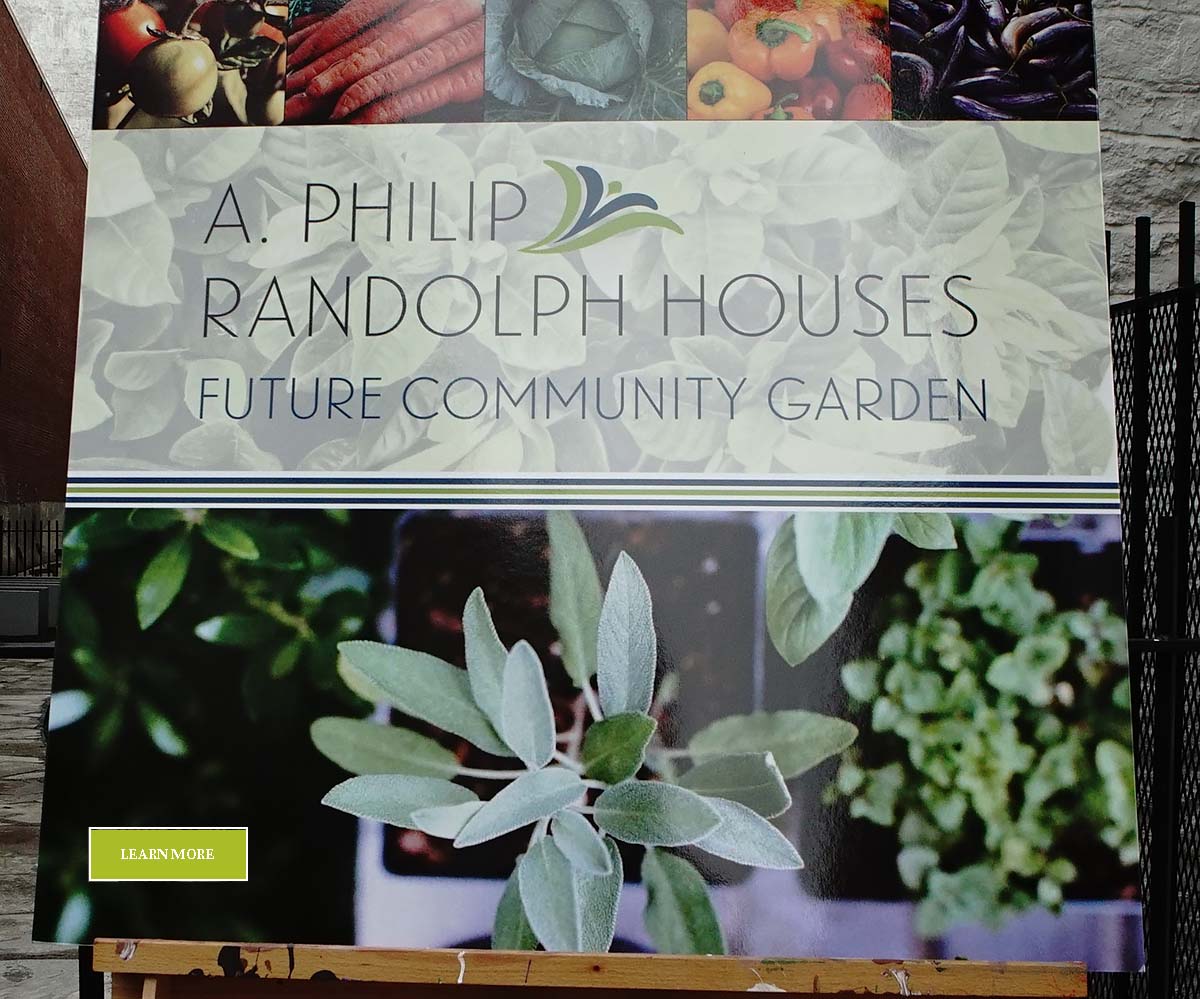Buildling an Innovative Harlem
Harlem is home to hundreds of thousands of individuals. It is infused with culture, known for its history, and greats like Langston Hughes and Malcolm X come to mind when thinking about its impact on change and upward mobility in this country. Today, there are many, many reasons why Harlem is a sought-after community people desire to live in. But with high cost-of-living real estate options, WHGA is on a path toward social innovation – building an affordable Harlem for low-income families where they can thrive financially, socially, and emotionally.
About a decade ago, WHGA, in partnership with Trinity Financial, launched a redevelopment project worth $160 million to rebuild what is now Brownstone-style, luxury apartments for low-income families. Going a step further, the A. Philip Randolph buildings, located on W 114th Street in Harlem, also offer tenants a wealth of quality-of-life services. This project, completed in two phases, was an opportunity to stand in the gap, and address other issues that the community faced.
Reconstructing the buildings by way of a “historic gut rehab,” was only part of the solution. We thought strategically about life-changing services that tenants needed to be able to live in a community where they can make a meaningful contribution.
Residents of the A. Philip Randolph buildings have more than an apartment to come home to. Every tenant has access to onsite wrap-around services that help give them stability in every area of life. With workforce preparation services, tenants learn resume writing skills and participate in mock interviews that help them compete in the job search market. They also have access to case management services, and ongoing Zumba and yoga classes, available free-of-cost.
These services are not your typical apartment-style amenities. They empower families, giving them independence and sustainability. They create a space where residents can thrive, extend opportunities where they can take ownership of every area of their life, and address buried systemic issues that limit the progress of marginalized communities.

